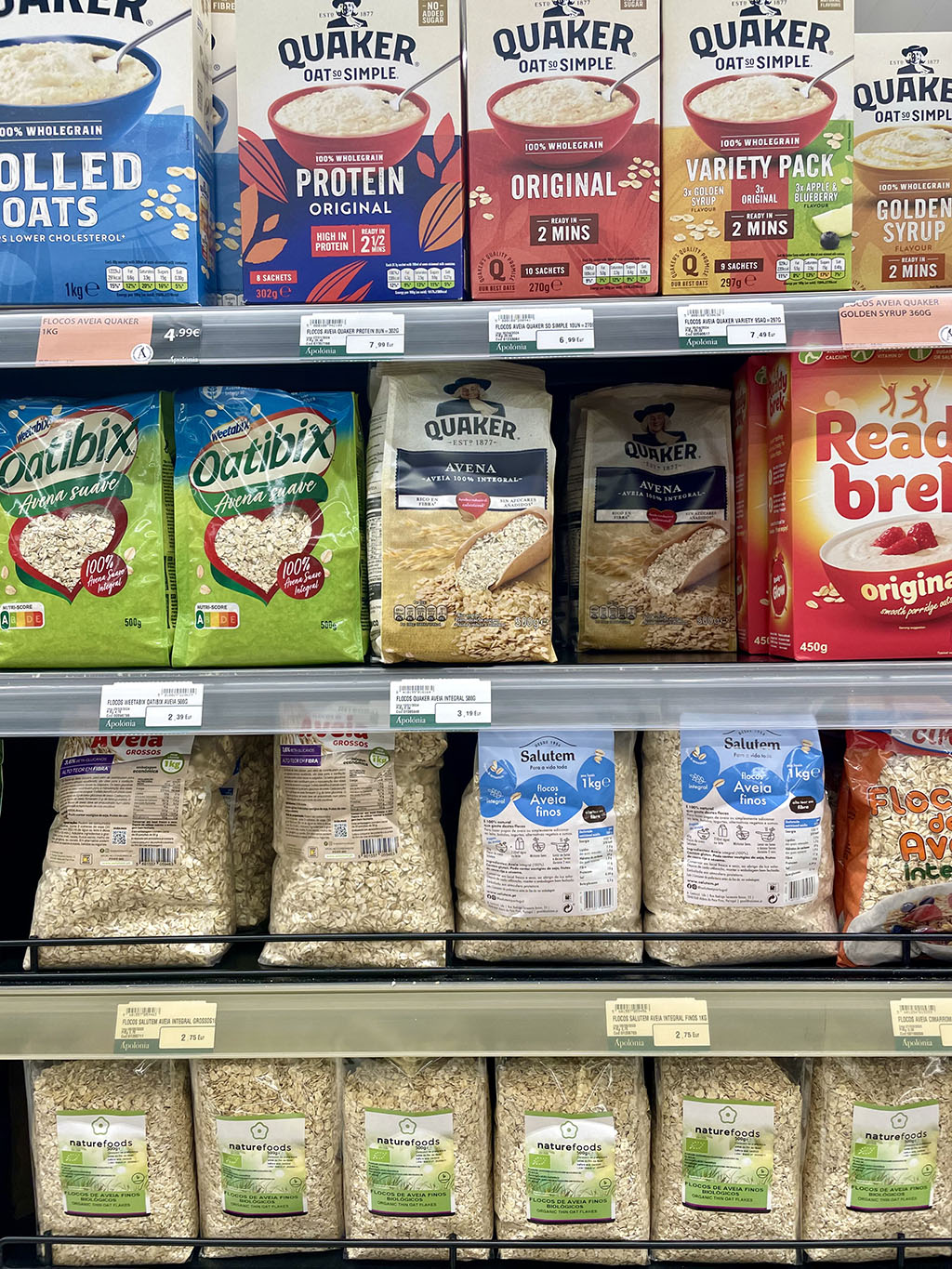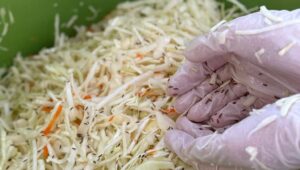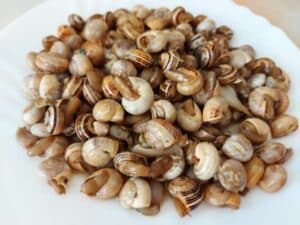“Please, sir, I want some more.” As one of the most memorable quotes from Oliver Twist by Charles Dickens, it refers to the bowl of a gruel. As a watered-down version of porridge that was often drunk then eaten, gruel makes several more appearances in Dickensian classics to portray inequalities and hypocrisies of Victorian England.
However, equally to many Dickensian characters and luckily for us, this humble dish has undergone a tremendous transformation with time, turning a Victorian food of the poor into an indispensable health staple of the current age.
It all starts with oats. Oats have a wonderful reputation for a healthy, fibre-filled breakfast with plenty of vitamins, minerals and antioxidants to top the goodness. However, oat grain is delivered to us in different ways, making it essential to understand the differences between them.
Oats are the seeds of the Avena sativa cereal plant, that is a type of grass similar to wheat or barley. Seeds are incased in an inedible hull, and when it is discarded together with stalks, they become recognised as whole oat groats. This suggests that the bran, endosperm and germ of the seed are intact. The whole oat groats contain all the known and registered health benefits associated with oats, however, they take about 30-40 minutes to cook.
This is a significant time investment often incompatible with a quick bowl of a breakfast food. Therefore, most commonly, groats are processed further, namely cut, steamed and/or rolled, which expedites the cooking time, but also affects their texture and flavour, and, in some cases, the nutritional characteristics.
Steel-cut oats, aka Irish oats, Irish oatmeal or pinhead oats are the whole groats that have been cut into 2-4 smaller pieces with steel blades. The smaller pieces take in water much faster, therefore reducing the cooking time to about 20 minutes. The timing can be further reduced by soaking them overnight or using devices such as a pressure cooker. They are perfect for risottos, salads and wholesome breakfasts.

Scottish oats, on the other hand, are whole oat groats that have been stone ground. They take about 10 minutes to cook, and also retain flavour and some texture. The fact that they have been ground makes the porridge creamier, yet with a bite. Together with pinhead oats, Scottish oats are perfect for dessert recipes such as granolas, bakes or cookies, leading to crunchier textures.
Rolled oats are the most popular variety available in the supermarkets. Their production involves steaming the groats first and then rolling them with steel rollers. This process stabilises oils in the grain, and, in so doing, improves the shelf-life and speeds up the cooking.
Quick oats are rolled oats taken just one step further. After steaming and rolling, they are chopped into smaller pieces increasing the contact area with water, and as a result shortening the cooking times to 2-3 minutes.
The most processed of all oats are the instant oats. Once steamed and rolled, they are then precooked and dried, making them ‘instant’ in their consumption. Instant oats often require no cooking at all, but just a few minutes of patience after combining them with the boiled water. Together with quick oats, these types of oats are frequently sold with sweeteners and additives, placing them higher on the glycemic index. Therefore, labels must be consulted before buying.
Last but not least, there is an oat bran. It is an outer layer of the oat kernel, and it does not contain the goodness of the groat, however, it offers a very high content for fibre. Therefore, adding oat bran to smoothies, pancakes, baked goods or porridge is a great idea as long as one is mindful that the final texture will be more rough and coarse.
Let’s discuss, in more detail, oats cooking ideas next time.
By Dr. Irina Mikhailava
|| features@algarveresident.com
Dr. Irina Mikhailava, a chef and a good food champion, happily residing in the Algarve and eating all over the world with an appetite for learning, sharing and writing. Instagram: incompanyoffood


























